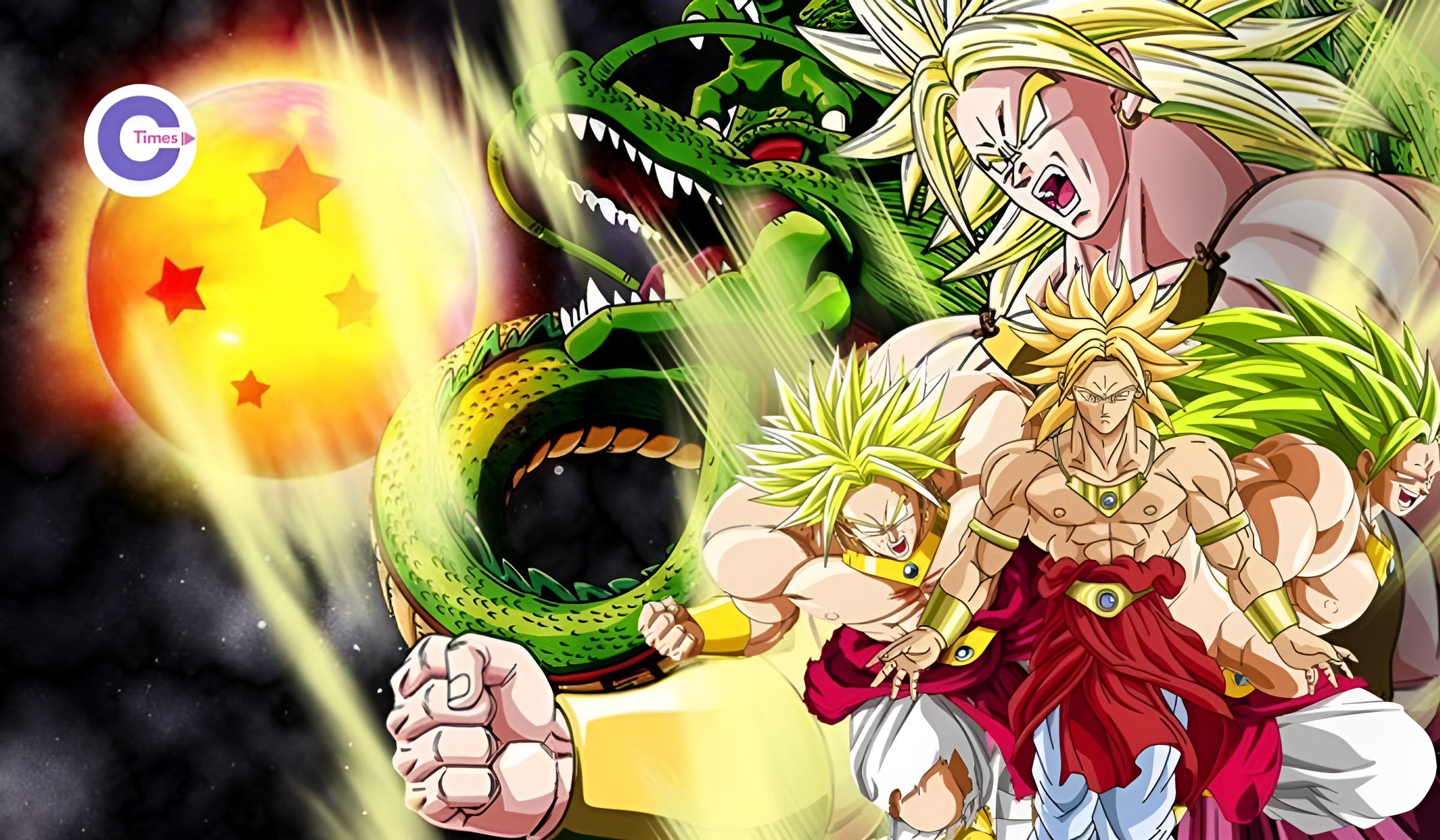Whether you’re a long-time fan or a newcomer to the series, there’s no denying that “Dragon Ball Super: Broly“, ultimately, remains the pinnacle of this franchise. To the delight of the fans as well as anime history, this film has grossed $124 million, sitting firmly in the hearts and boxes of viewers.
But here are some questions: What makes this film unique and exceptional? It is now time to dissect the movie, the difficulties that were encountered during the shoot, and how these issues were cleverly addressed.
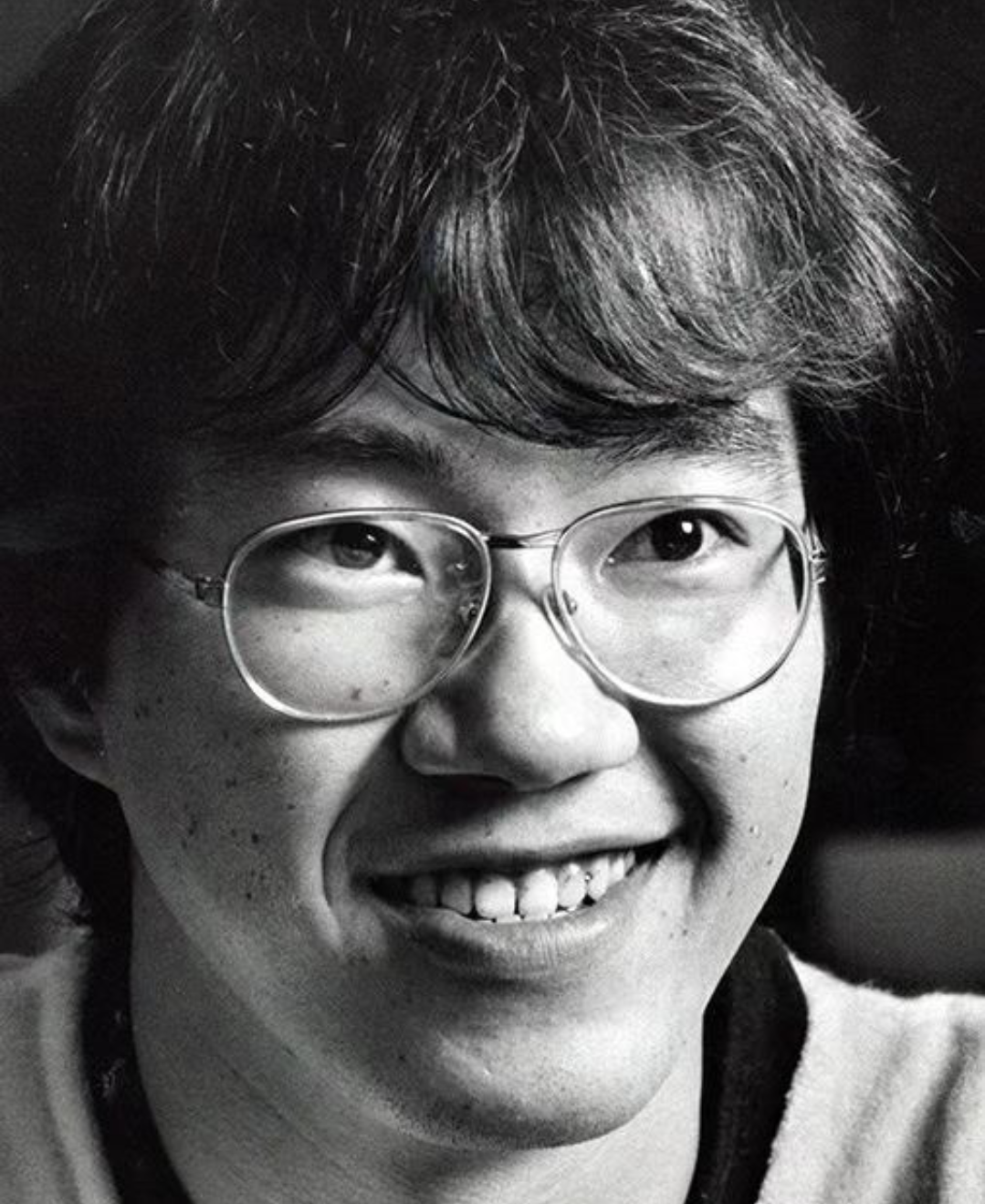
Akira Toriyama’s Overwhelming Script: A Creative Challenge
The mastermind behind the Dragon Ball series, Akira Toriyama, returned to pen the script for Dragon Ball Super and Dragon Ball Games. Super Broly tested the breaking point of capability with its characters; it introduced fans to the legendary Super Saiyan Blue Kamehameha, the mighty power of Vegito Blue, and Frieza’s golden transformation, and fans couldn’t be more thrilled.
But it is also true his script equally worked in two folds, or should I say a boon turned into a curse for him. While being packed with character growth and a narrative trajectory on one side, the series was awash with information on the other—to the extent that it was a problem for screen adaptation.
Interview with the director of the movie Tatsuya Nagamine in 2018 aimed at providing some information concerning the production of the movie. He said that the original screenplay contained so much detail and so much action that it could have well been subdivided into two full-length movies. During the first attempt to develop a motion picture with the team using specialization based mainly on Toriyama’s script, it was found out that the running time was almost double the standard length of a feature film.
Nagamine described: “When we drew storyboards for the whole screenplay, the fee for a movie intended to be 90 minutes long was for two full-length, two-hour movies.”. This statement only goes to show how much cramming Toriyama put into the script. The challenge was clear: how to fit all these elements into a single, but still rather large, film without losing its very spirit.
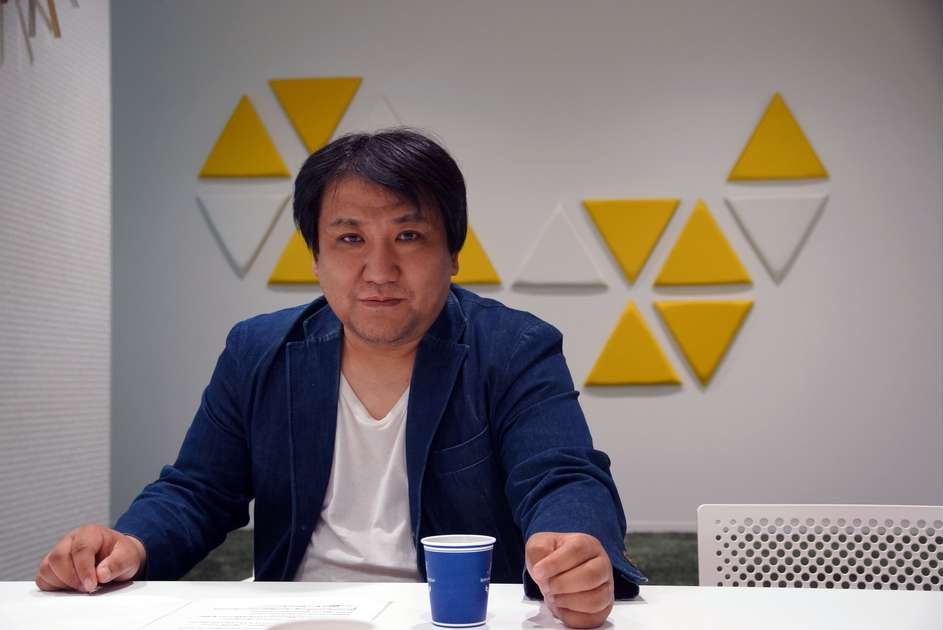
Navigating the Script Edits: Striking a Balance
What confronted Nagamine and his team in this respect was the need to make some difficult choices. They were very keen on maintaining as much of the essence of Toriyama’s work as possible, although at the same time they also had to make sure that the result was entertaining and logical to viewers. This resulted in a number of cuts, especially in the sequences that included the fights, which were shortened to accommodate the maximum length of the movie.
I also discussed it with the cast and producers, and all agreed that while some parts may need to be trimmed down or eliminated, the DVD version would try to capture as many highlights that make the story interesting. Nevertheless, the team was able to gain a few more minutes in length for the movie, adapting the script as close to Toriyama as possible, and the produced movie has 100 minutes in length.
Nagamine responded to this, saying he was eager to stick to the script written by Toriyama and was keen to make as many changes as possible; this made it possible for them to increase the duration of the film.
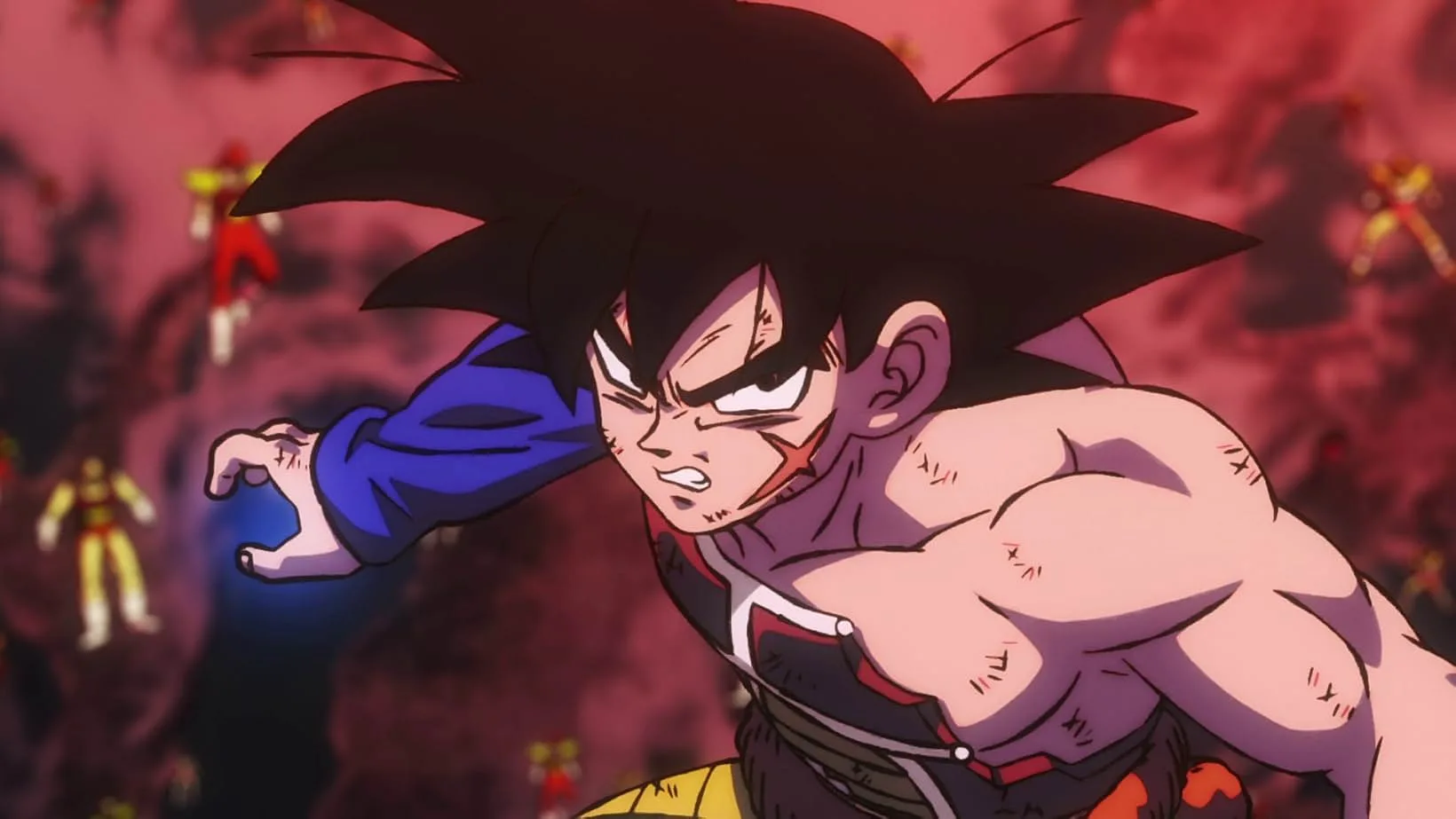
Broly’s Character Evolution: A Masterstroke by Toriyama
One of the standout aspects of “Dragon Ball Super: Broly” is the derived form of the Broly character but is a new character re-interpretation. In the initial formation of “Dragon Ball Z“, Broly was a stereotypical movie super Saiyan, depicting only the aspects of anger and destruction. But with Toriyama’s fresh script that was used to give new life to the character, he was endowed with more substance and dimensions that went well with the audience.
Directed by Shigeyasu Yamauchi, who directed the two initial Broly movies, Nagamine was in a position to follow in the director’s footsteps and had the huge challenge of topping his work. Thus, when Toriyama provided the script for the movie, he was able to turn Broly from being just a mindless brute of a Saiyan to someone who is somewhat complex and has a tragic history and much more relatable motivation.
“I think Toriyama has put more of a concept of character into Broly than in the past, so I am proceeding on that presumption and also making sure that the guy is unbelievably strong,” Nagamine said. Maintaining this careful measurement between the raw power of Broly and the depth of the character made the franchise better than before.
Nagamine proceeded to explain that the degree of obscurity of Broly’s character as well as numerous and layered actions meant that there were simply too many storyboards. “That intensity led to me drawing lots and lots for the shards, and for the storyboards, Broly’s action scenes became 300 to 400 sheets (laughs),” he added. This commitment to complex and elaborate fight scenes guaranteed that, where it came to showings of Broly, there was nothing lacking.
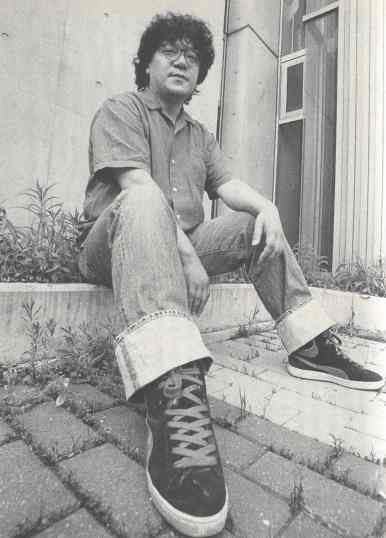
Conclusion: A Winning Combination
“Dragon Ball Super: Broly” is a perfect example of how, when it is done by a creative team with the intent of adapting without becoming mere copy and paste in realizing the potential of the source material, this is possible.
Nevertheless, one has to admit that the attempt to embody Toriyama’s extensive screenplay in the film was quite successful and presented viewers with a powerful, teary, and, at the same time, a wonderfully beautiful story. While Broly’s remaining and team’s desire to stay as close as possible to Toriyama’s vision count for something, the movie was worth $124 million.
What did you think of “Dragon Ball Super: Broly?” Now it is your turn to speak—feel free to share your comments in the section below!
